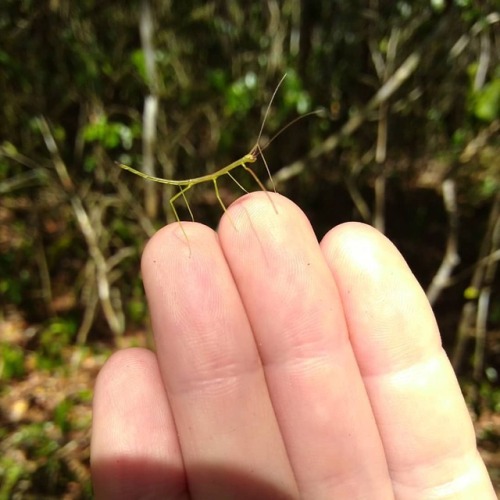#archaeobotany
Iron Age arrow found on Norway mountain still has feather fletching on it
“"I think it is perhaps just the Ötzi-find which has preserved fletching on arrows, but his arrow fletchings are nowhere as well preserved as some of ours,” Lars Pilø, an archaeologist at the Department of Cultural Heritage, Innlandet County Council, Norway, co-director of the Glacier Archaeology Program, told Live Science in an email.
However, “his are older too, by several thousand years, so this is not to diss Ötzi’s arrows,” Pilø said"
Bedfordshire A428 dig: Evidence of Roman beer production found
“They said archaeobotanists, who specialise in the study of past human-plant interactions, had since identified that the charred spelt grains were left to germinate before being dried in a kiln.
"As large quantities of grains are only allowed to germinate when the aim is to produce malt - the first step in the brewing process - this strongly suggests the people living at the settlement were involved in beer production,” a Mola spokesperson said.“
Ancient art and genetics reveals saffron crocus was first domesticated in Bronze Age Greece
“The authors argue that artworks from the Minoan civilization of ancient Greece are likely the oldest to depict domesticated saffron. For example, the dense patches of crocus flowers on the fresco ‘The Saffron Gatherers’ from the island of Santorini (approximately 1600 BCE) suggest cultivation. Another fresco on the same island, ‘The Adorants’, shows flowers with long, dark-red stigmas which overtop dark violet petals, typical of domesticated saffron. Flowers with these traits are also depicted on ceramics and cloth from Bronze Age Greece, and symbolically rendered in the ideogram for saffron in the ancient Linear B script. In Egypt, tombs from the 15th and 14th centuries BCE depict how ambassadors from Crete brought tribute in the form of textiles dyed with saffron.”
For the last month I have been in the Calakmul Biosphere making new friends while I collected data for my PhD dissertation!
#jungle #mayanist #archaeology #archaeobotany #bug #insect #stickbug #calakmul #mexico
Post link

